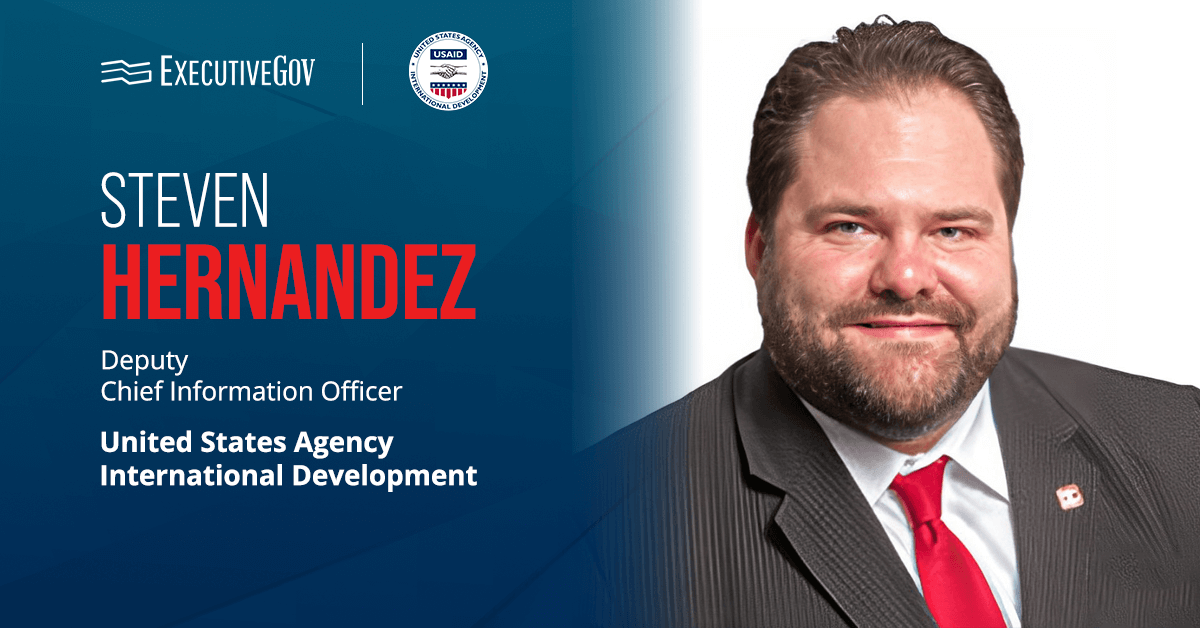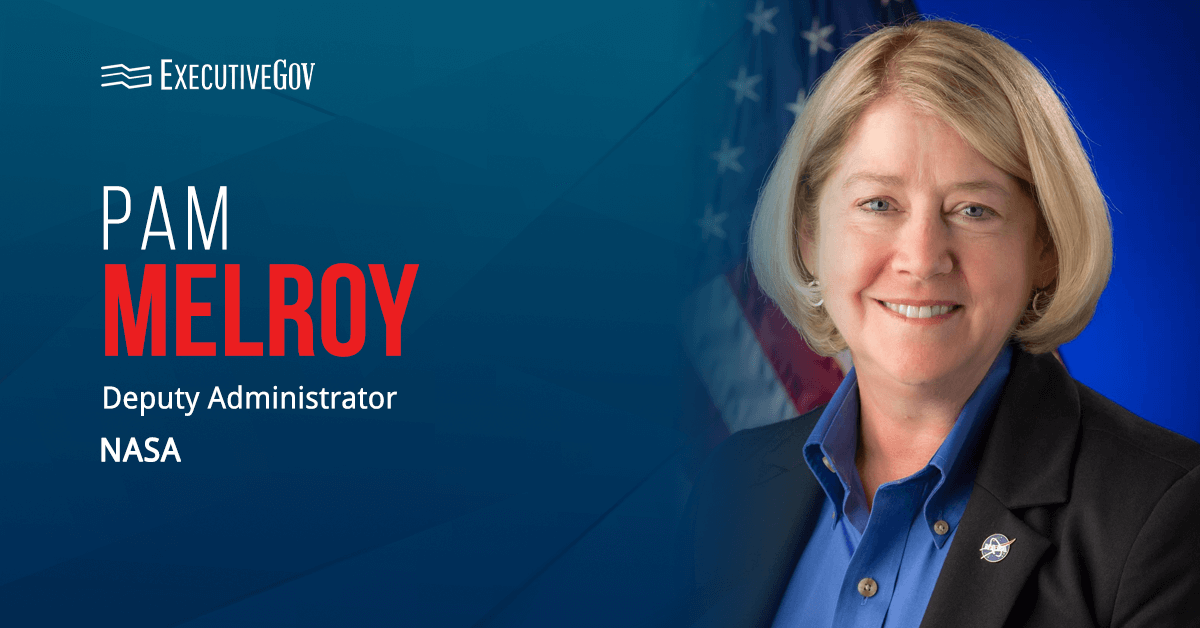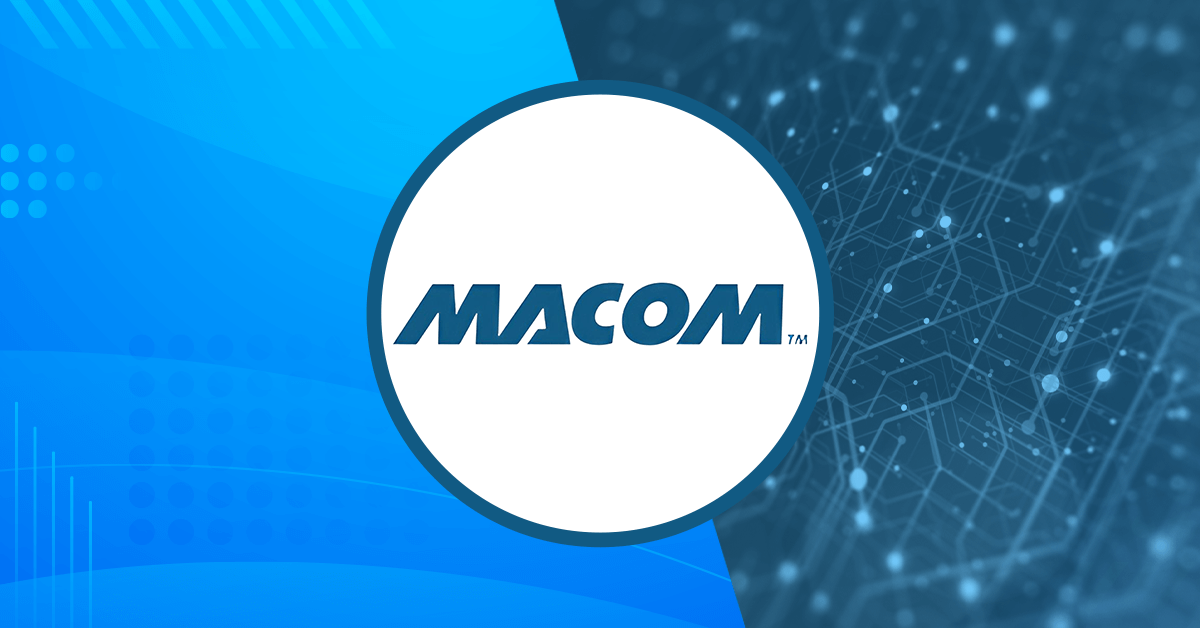The Office of Management and Budget has issued a memorandum to reestablish the Chief Data Officer, or CDO, Council to continue its efforts to enhance the management, protection, dissemination, generation and use of data in government decision-making and operations.
The memo dated Wednesday was signed by OMB Director Shalanda Young.
What Are the Functions of the CDO Council?
According to the document, the council should establish governmentwide best practices for the protection, dissemination, generation and use of data; promote data sharing agreements between agencies; and identify ways in which agencies can improve upon the production of evidence for use in policymaking.
The CDO Council should identify and assess new technologies to improve data collection and use and consult with the public and other stakeholders on how to improve access to the federal government’s data assets.
The council’s executive committee should submit to the OMB director an implementation plan for the re-established organization, including revisions to the June 2020 charter.











